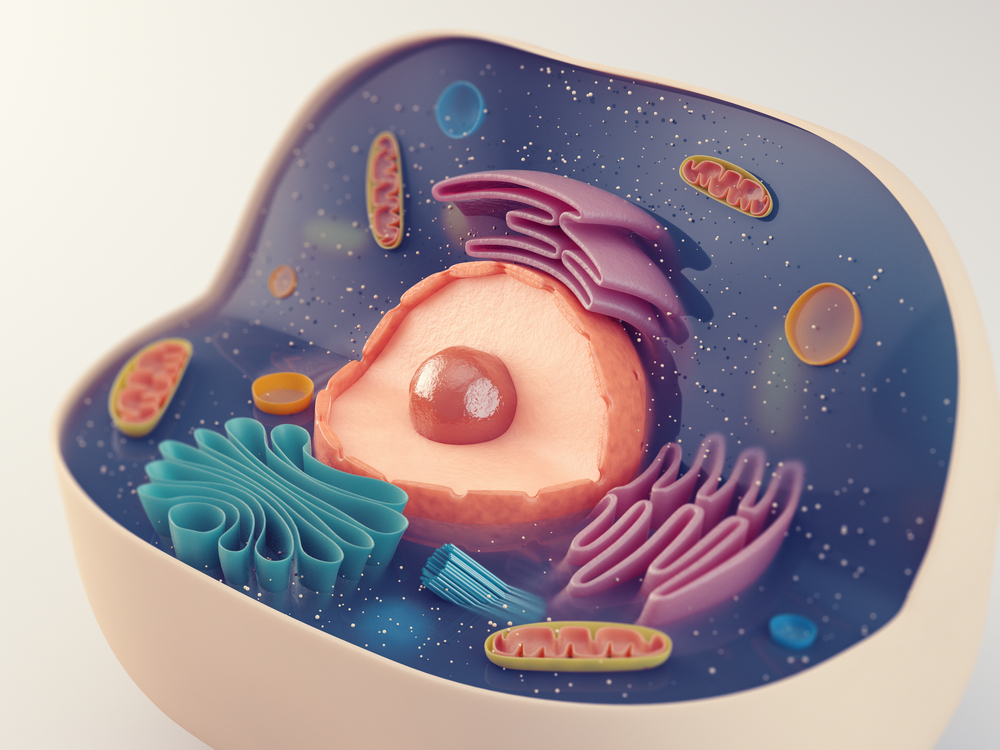Researchers Identify Protein in Worm that Helps Mitochondria Adapt to Stress

Researchers at the University of Texas at Arlington (UTA) have identified a protein in worms that helps mitochondria handle stress and repair damage — and which may do the same in humans.
Their study, “The mitochondrial unfolded protein response: signaling from the powerhouse,” appeared in the Journal of Biological Chemistry.
Mitochondria, the energy producing parts of cells, recover naturally from stress. One way they do this is via signals sent to the cell’s DNA in a pathway known as the mitochondrial unfolded protein response or UPRmt. The UPRmt signaling pathway directs the DNA to produce proteins that help repair damage to the mitochondria.
The UTA researchers found a protein called activating transcription factor associated with stress 1 (ATFS-1) that regulates the UPRmt signaling pathway in a worm called C. elegans. A protein similar to it, activating transcription factor 5 (ATF5), had already been found in mammals, but its role in regulating the UPRmt pathway has not been confirmed.
They expect that if ATF5 does, in fact, play a role in mitochondrial repair in humans, it could be the basis for new approaches to treat diseases caused by malfunctioning mitochondria, including cancer and some neurological diseases (diseases of the brain, spine, and nerves).
“We identified the protein ATFS-1 as the regulator of the UPRmt signaling pathway in C. elegans, a primitive worm that we study as it shares many characteristics with human biology,” Mark Pellegrino, UTA assistant professor of biology and the study’s lead author, said in a press release. He said ATF5 was found to encode a homologous protein in mammals, with similar mitochondrial and nuclear localization sequences.
“The discovery of a clearer link between ATF5 and the UPRmt pathway in mammals could facilitate developing new therapies for diseases that result from mitochondrial dysfunction, including cancer,” Pellegrino added. “My aim is to use the pathway that mitochondria employ to repair themselves to develop therapeutics not only for cancer but for other pathologies linked to mitochondrial dysfunction, such as neurological disease, which is still relatively unexplored.”






